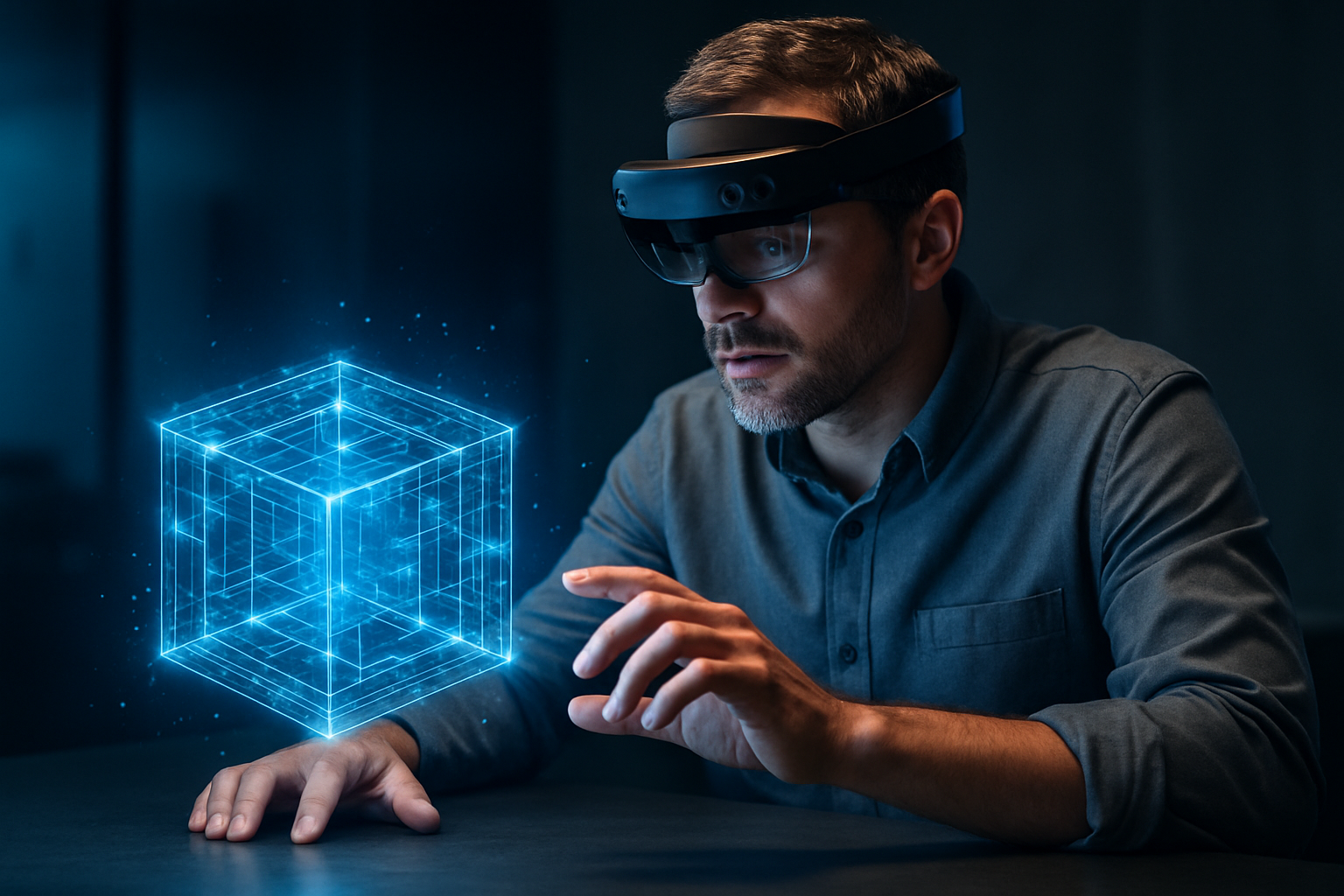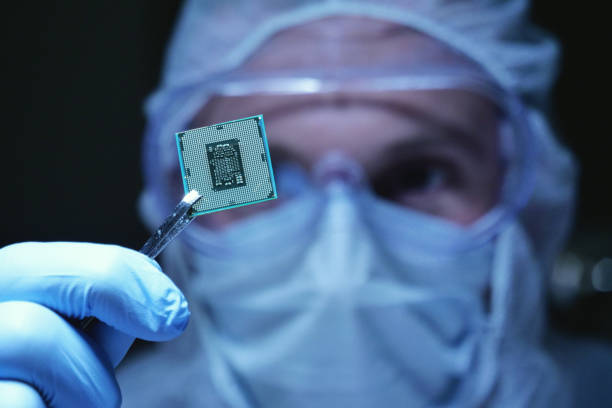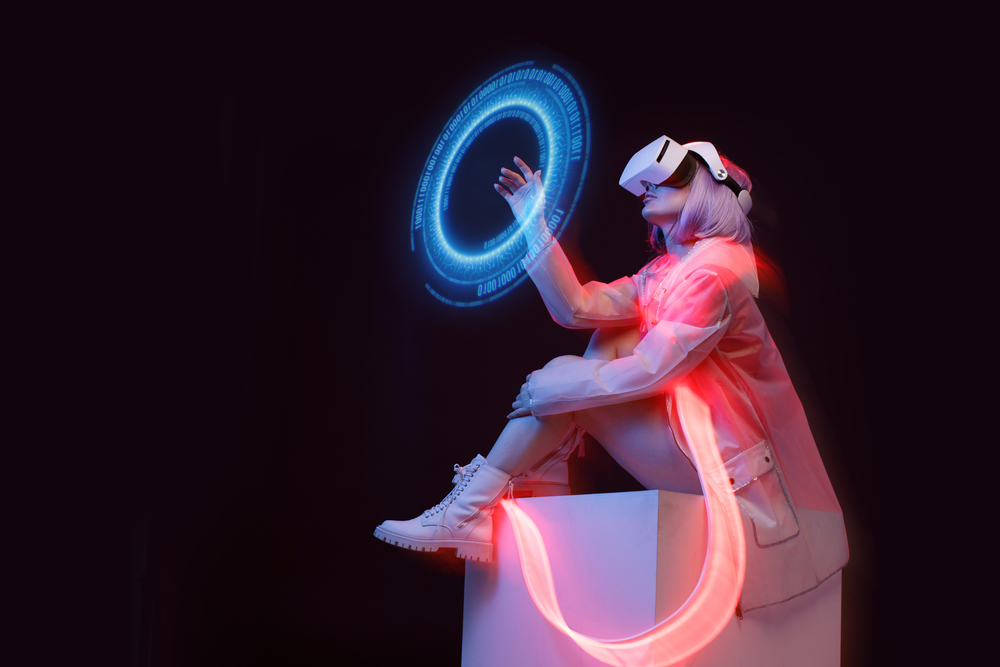Holographic Projection: Beyond Sci-Fi
In the realm of futuristic technology, holographic projection has long been the stuff of science fiction dreams. From Star Wars to Iron Man, these ethereal 3D images floating in mid-air have captured our imaginations for decades. But what was once confined to movie screens is now becoming a tangible reality, with far-reaching implications for industries ranging from entertainment to healthcare. Let's dive into the cutting-edge world of holographic technology and explore how it's poised to reshape our digital interactions.

One of the key breakthroughs in holographic technology has been the development of advanced spatial light modulators (SLMs). These devices can control the phase, amplitude, and polarization of light with unprecedented precision, allowing for the creation of increasingly realistic and detailed holographic images. Coupled with high-powered lasers and sophisticated computer algorithms, modern holographic systems can generate stunningly lifelike projections that seem to defy the laws of physics.
From Labs to Living Rooms
While holographic technology has been in development for decades, recent advancements have brought it tantalizingly close to mainstream adoption. Companies like Looking Glass Factory and Light Field Lab are pushing the boundaries of what’s possible, creating holographic displays that don’t require special glasses or headsets to view.
These next-generation holographic displays are already finding applications in fields like medical imaging, where they can provide surgeons with detailed 3D visualizations of patient anatomy. In the automotive industry, holographic heads-up displays (HUDs) are enhancing driver safety by projecting crucial information directly onto the windshield, keeping eyes on the road.
The Entertainment Revolution
Perhaps the most visible impact of holographic technology will be in the entertainment industry. Imagine watching a football game where players appear to run across your coffee table, or attending a concert where your favorite artist performs in your living room. Companies like PORTL are already making waves with their human-sized holographic projection booths, allowing for remote “holoportation” of speakers and performers.
The gaming industry is also poised for a holographic revolution. Prototype holographic gaming systems promise to bring virtual worlds into our physical space, blurring the lines between reality and digital fantasy. As the technology matures, we may see a new generation of immersive gaming experiences that make current VR setups look primitive by comparison.
Challenges and Limitations
Despite the rapid progress, holographic technology still faces several hurdles on its path to widespread adoption. One of the biggest challenges is the sheer computational power required to generate complex holographic images in real-time. Current systems are limited in their resolution and field of view, and scaling up these parameters demands exponential increases in processing capacity.
Another significant obstacle is the lack of standardized formats and platforms for holographic content creation and distribution. As the technology evolves, industry players will need to collaborate on establishing common standards to ensure interoperability and foster a robust ecosystem of holographic applications.
The Future is (Almost) Here
As researchers and companies continue to push the boundaries of holographic technology, we’re inching closer to a world where 3D images can be conjured out of thin air with startling realism. While we may not yet have the full-color, room-filling holograms of science fiction, the foundations are being laid for a future where digital and physical realities seamlessly intertwine.
The potential applications of holographic technology extend far beyond entertainment and gaming. From revolutionizing remote collaboration and teleconferencing to creating new paradigms in education and training, holograms have the potential to fundamentally change how we interact with digital information and each other.
As we stand on the cusp of this holographic revolution, one thing is clear: the line between the virtual and the real is about to get a lot blurrier. Whether we’re ready or not, the age of holograms is dawning, promising to bring a touch of sci-fi magic to our everyday lives. The only question that remains is: how will you use your first hologram?





